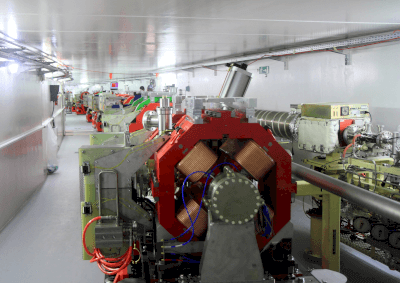What Is Duralumin?

Duralumin is a type of high-strength aluminum alloy.
The standard composition is aluminum with 4% copper and small amounts of magnesium and manganese. duralumin is heated to about 540°C, quenched in water, and left at room temperature for about 96 hours to gradually harden to a strength comparable to that of mild steel.
Duralumin is an extremely practical alloy because its density is about one-third that of steel while its strength is equivalent to steel.
As aircraft have developed, improvements have been made, and higher-strength super duralumin and extra super duralumin have also been put to practical use.
Uses of Duralumin
Duralumin’s specific gravity is about one-third that of iron, and its strength per unit weight is three times that of iron. For this reason, duralumin is best suited for use in aircraft, which require a high strength value, and has long been used as a structural material for aircraft fuselages.
It is also used as a structural material for automobiles, construction, and other strong structural materials due to its superior properties.
It is also used in industrial applications such as screws, aerospace equipment, gear parts, rivets, hydraulic parts, and marine parts, and is widely used in familiar products such as skis, metal bats, and other sporting goods.
Properties of Duralumin
Duralumin has excellent machinability compared to other aluminum alloys, but its fusion weldability and corrosion resistance are relatively weak. Therefore, when duralumin is used for parts or products to be used in corrosive environments, adequate corrosion protection treatment is required. This drawback is caused by copper added to increase hardness, which reduces corrosion resistance.
Examples of anti-corrosion treatment methods include using duralumin sandwiched between stainless steel or other materials with excellent corrosion resistance.
Types of Duralumin
In addition to ordinary duralumin, there are two other types of duralumin: super duralumin and extra super duralumin.
1. Super Duralumin
Super Duralumin differs from ordinary duralumin in the amount of copper and magnesium added. By increasing the addition of copper and magnesium, it has higher strength and machinability than duralumin.
2. Extra Super Duralumin
Extra Super Duralumin has much higher strength than duralumin. Duralumin is an alloy of copper and magnesium with additional zinc. The strength of duralumin is only slightly less than that of stainless steel, making it one of the strongest aluminum alloys.
Regarding machinability, duralumin and super duralumin are good and easy to cut, while extra super duralumin is a difficult-to-cut material due to its high strength.
Other Information on Duralumin
1. Strength of Duralumin
Duralumin has a strength of 425N/mm2, which is much higher than aluminum’s tensile strength of 260N/mm2. Duralumin can be said to have a tensile strength equivalent to steel even though it is an aluminum alloy. In addition, its specific gravity is 2.79, much lower than that of steel (7.87), so it has the advantage of being about three times lighter than steel while having the same level of strength.
2. Disadvantages of Duralumin
One drawback of duralumin is its low weldability. Like aluminum, it has high thermal conductivity and is prone to distortion compared to steel, so welding time must be shortened. It is a very difficult material to weld because the melting point is also low and the base metal tends to melt off. For this reason, measures are taken such as using resistance spot welders with lower temperatures than normal welding, and in some cases, rivets and bolts are used instead of welding to join the material.
Among aluminum alloys, duralumin is particularly susceptible to intergranular corrosion, in which corrosion occurs between crystals of the metal, which has the disadvantage of causing cracking.